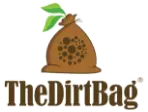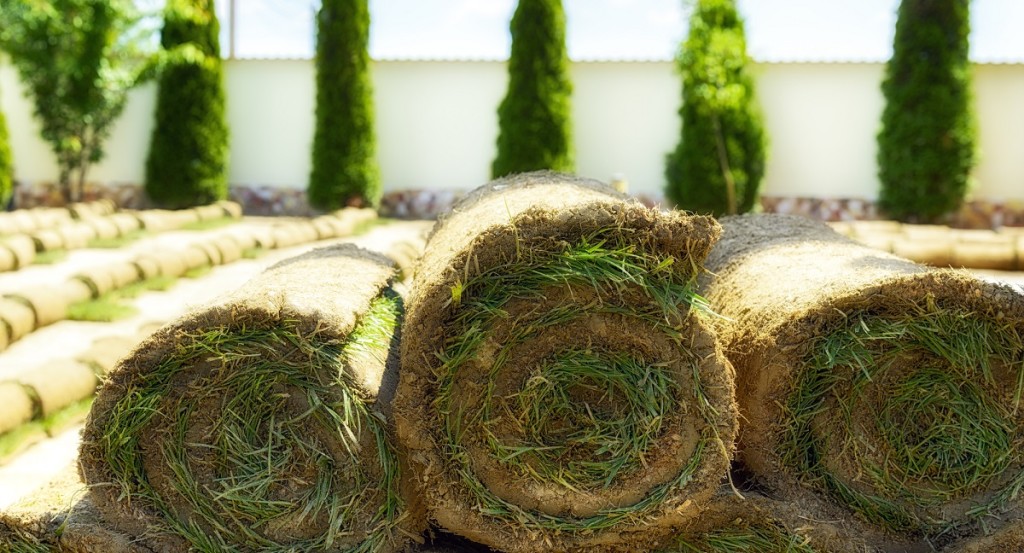


If you’ve ever seen a neighbor’s yard go from completely dead and full of debris to stunningly gorgeous, that’s the magic of sod. The term “sod” simply refers to grass with a small layer of soil held together by a root system. Sometimes there is also a thin layer of a biodegradable material. Sod can (and is!) used just about anywhere including private lawns for homes and businesses, on golf courses, sports stadiums, and schools. It’s the only way to get instant, perfect, weed-less grass.
There are many reasons homeowners and business owners choose sod rather than waiting for grass to grow the old-fashioned way. Sod is the quickest way to establish a lawn, especially in cases where laying seeds would just be too expensive and time consuming. Sod also helps reduce erosion on hillsides and on new construction sites. It helps to keep the ground a moderate temperature, and considering the instant grass sod provides, it also improves water and air quality of the surrounding area. Sod can even help prevent flooding by draining water and diverting it into the ground.
In some places around the world, sod is even a popular roofing material! You’ll find it on homes in Scandinavia and Iceland. Sod used to be used in the western region of the US many years ago, but that has fallen out of favor. (Of course, you could always be a trendsetter and bring it back!)
Sod is a crop, which means it’s harvested and then transplanted to the desired site. It’s estimated that 1,500 sod growing farms are active in the US and take up 370,000 acres of land. The US Department of Agriculture has certain rules for growing and selling sod, which keeps sod largely grown and sold locally. Most sod is harvested 10 – 18 months after it’s planted. Fertilizer, climate conditions, and other factors play a role in how quickly this process progresses. You can buy sod as a square slab (best for homeowners) or in a rolled rectangle that is common for new lawn installs or larger projects.
Right now, a hydroponic (no-soil) type of sod is being created at Mississippi State University. This will make sod lighter and easier to travel. It might even make international shipping doable. When it comes to choosing the right sod for you, there are plenty of options. Some of the most popular sods include Bermuda Grass, Bella Bluegrass, St. Augustine, and Centipede Grass. It’s important to choose a sod that’s native to your area and aligns with the kind of future care you’re able to provide.
Not sure which sod is best for you and your lawn goals? Give The Dirt Bag a call! We can help you select the best sod for you and answer all your questions about sod type, placement, and what’s needed to ensure a positive experience. Whether you’re looking to place sod in a small area or want a total lawn installation, sod provides instant gratification.